Captains' Log
-
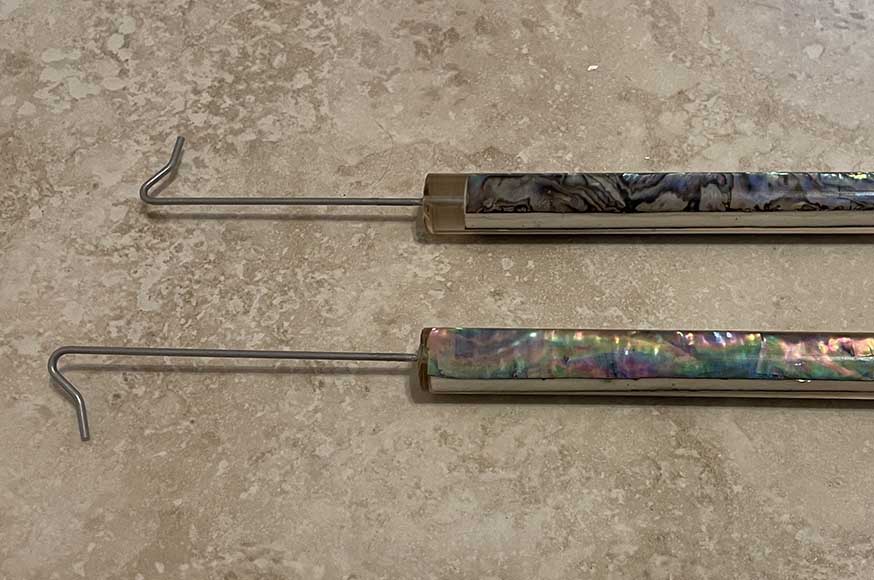 Mar 6
Mar 6How to Improve the Quality of Your Live Bait
Professional charter boats and tournament fishing teams place great emphasis on the quality of their bait fish. Success often depends on it. Fresh and lively bait can mean the difference between catching that “personal best” or going home empty handed. Here are a few ways that you can mirror the most successful boats, and some things to keep in mind when it comes to keeping your live bait as fresh and lively as possible. Bait Handling The way you handle your bait is essential to its longevity. To keep the freshest looking and liveliest live baits there are a few things you should consider when it comes to handling your bait. First, try to minimize touching your bait with your hands. Use a dehooking tool to remove your bait directly into a bucket of water or livewell. This helps to preserve the bait’s slime coat and scales. The bait’s slime acts a protective layer against pathogens, abrasions and even helps maintain ...
Read More -
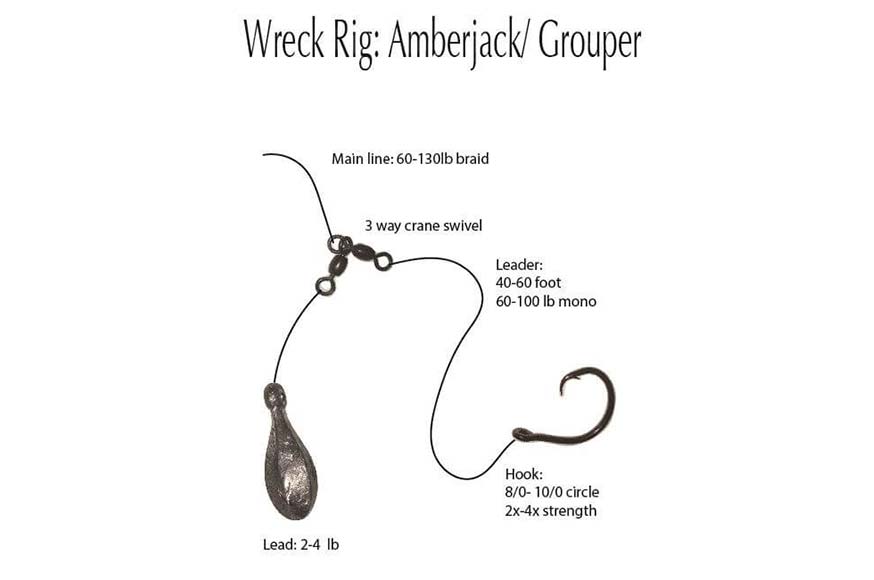 Jan 15
Jan 15Use These 3 Techniques to Avoid Getting Skunked
In the realm of offshore fishing, trolling is an indispensable and dynamic tactic for anglers setting their sights on coveted catches like tuna, mackerel, wahoo, and mahi mahi.
Read More -
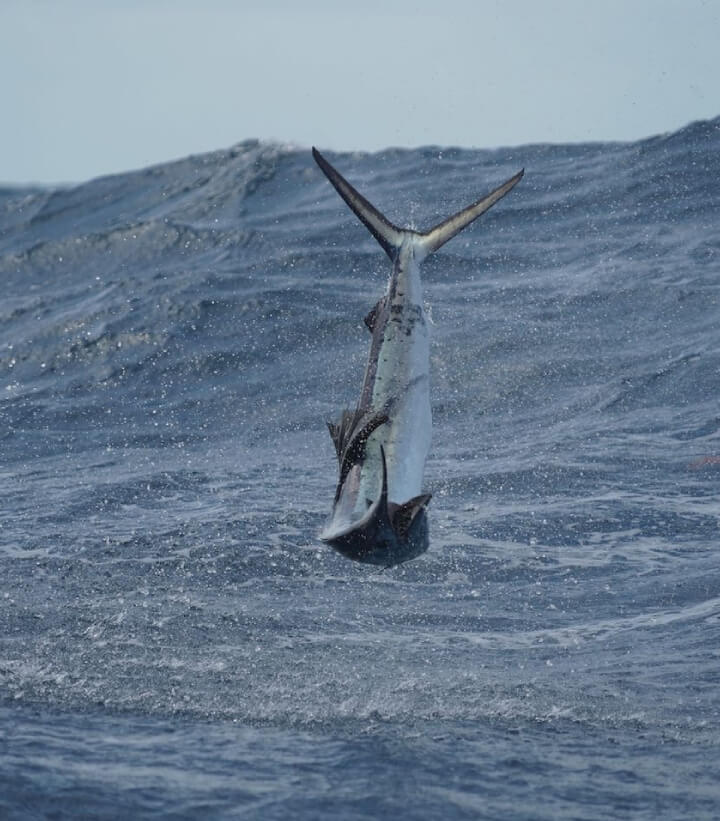 Nov 3
Nov 3Winter Kite Fishing With Double Threat Charters
During the winter seasons here in Miami fishing can be the best of the year. Some fishermen like the summer months, some prefer the winter months, but we love to take advantage of the weather and the fishing that is brought upon us thanks to the cold fronts. Kite fishing is some of the best fishing and can offer some of the best experiences. Kite fishing opens the field for many kinds of species and we will tell you all about those. Sailfishing off Miami Kite fishing is notorious for sailfish, these fish love the live baits that get suspended above the water by the kites. The most important part of kite fishing is positioning and keeping the boat as motionless as possible, if the baits appear unnatural these fish will not be as attractive as they would be if they were free swimming. With a strong bite comes a strong fight, these fish fight amazing and are truly an experience on their own. Mahi Fishing off the Kites Mahi ...
Read More -
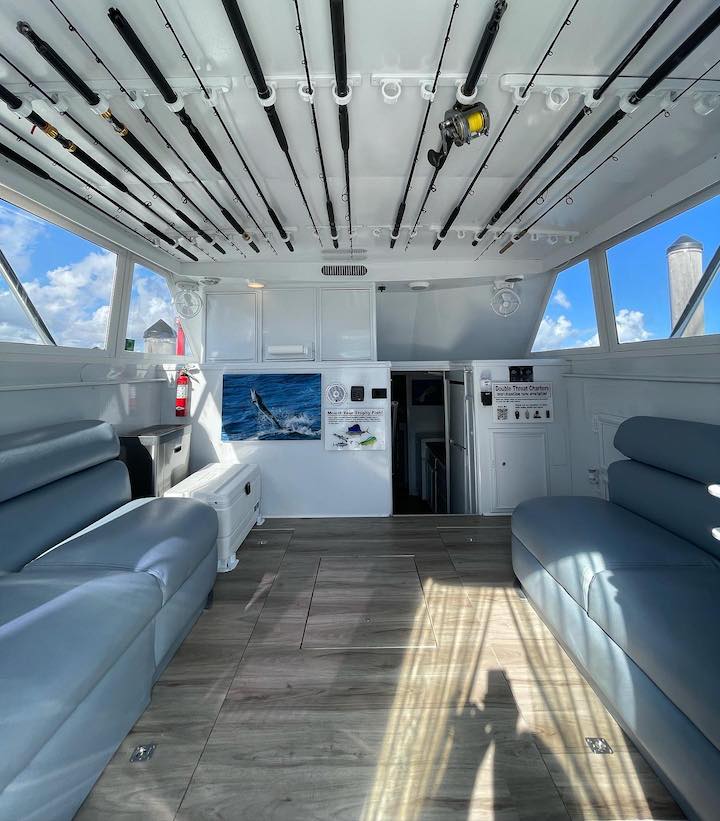 Dec 30
Dec 30Hatteras Interior Rennovation
This past fall we decided to undertake a pretty big project for our customers. We figured we were due for an interior renovation but we wanted to the extra mile rather than settle for new carpet and a few other patches. Our boat is a 1972 Hatteras and the wood on the interior was beginning to reflect it. In addition, the windows were leaking, the carpet was worn, and the overhead liner was pretty dirty. We decided the best route was to actually paint the entire interior. With supply shortages everywhere, we had to plan this refit for several months so we could get everything done in our designated 4-week window. Replacing the Windows To start the project we had to haul out the boat and replace the windows. The windows cost about $7000 which wasn't too bad but we had to install them ourselves. This was a fun job especially while suspended 20 feet off the concrete. We got it done in about 2 days with a lot of caulking and some ...
Read More -
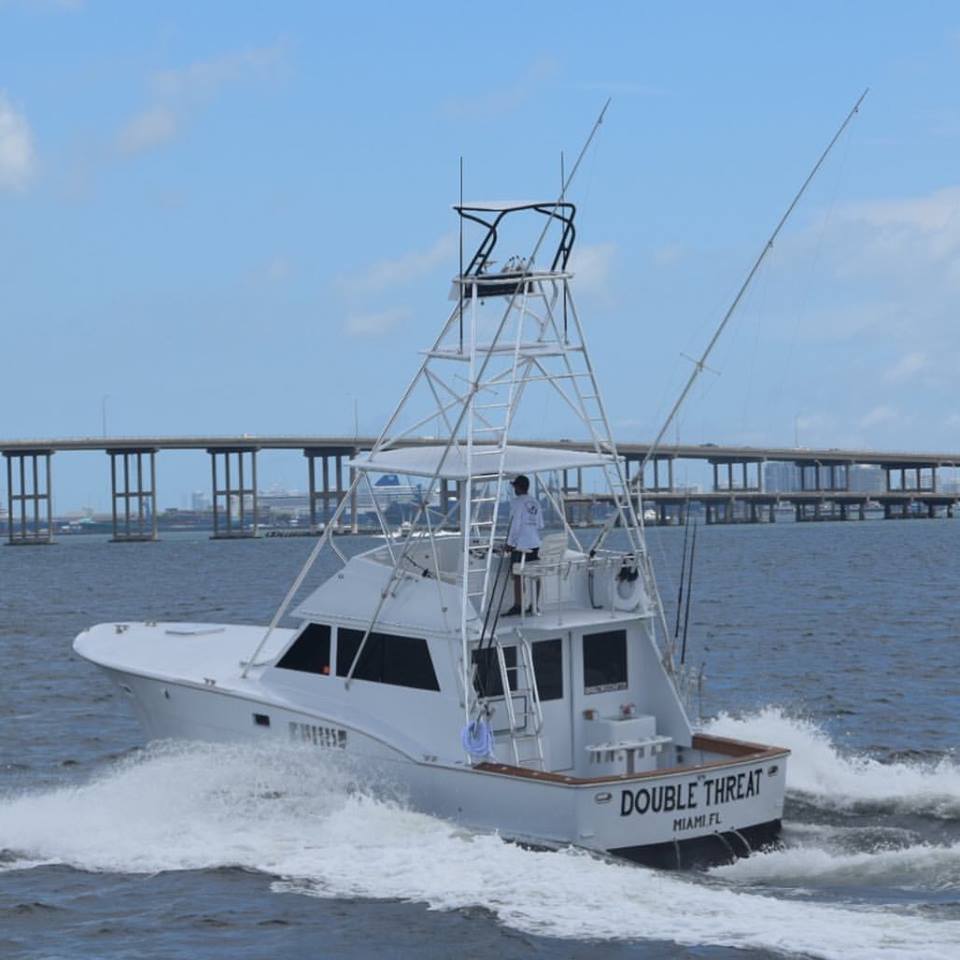 Jun 14
Jun 14Miami Fishing Charter Lodging
When people think of Miami, sunny Miami Beach is the first to come to mind. Sure, you can’t go wrong with a few days laying on the beach. To really appreciate what Miami has to offer however, we encourage you to look beyond South Beach. Miami has a number of different locations in Dade County that are all excellent options depending on your preference. The primary locations you can stay in Miami and their locations to us are as follows: Miami Beach- 22 Min, 13 Miles Key Biscayne- 18 Min, 9.2 Miles Downtown Miami- 11 Min, 5.4 Miles Brickell- 11 Min, 3.8 Miles Coconut Grove- 0 Mins Staying on Miami Beach Just 22 minutes from our location in Coconut Grove, Miami Beach is a popular option for our guests. With too many hotels to count and an abundance of activities for the family, this is a great option. Miami Beach has some pros and cons depending on your preference. Most hotels have a resort feel but you will also see resort prices. This is without a doubt ...
Read More -
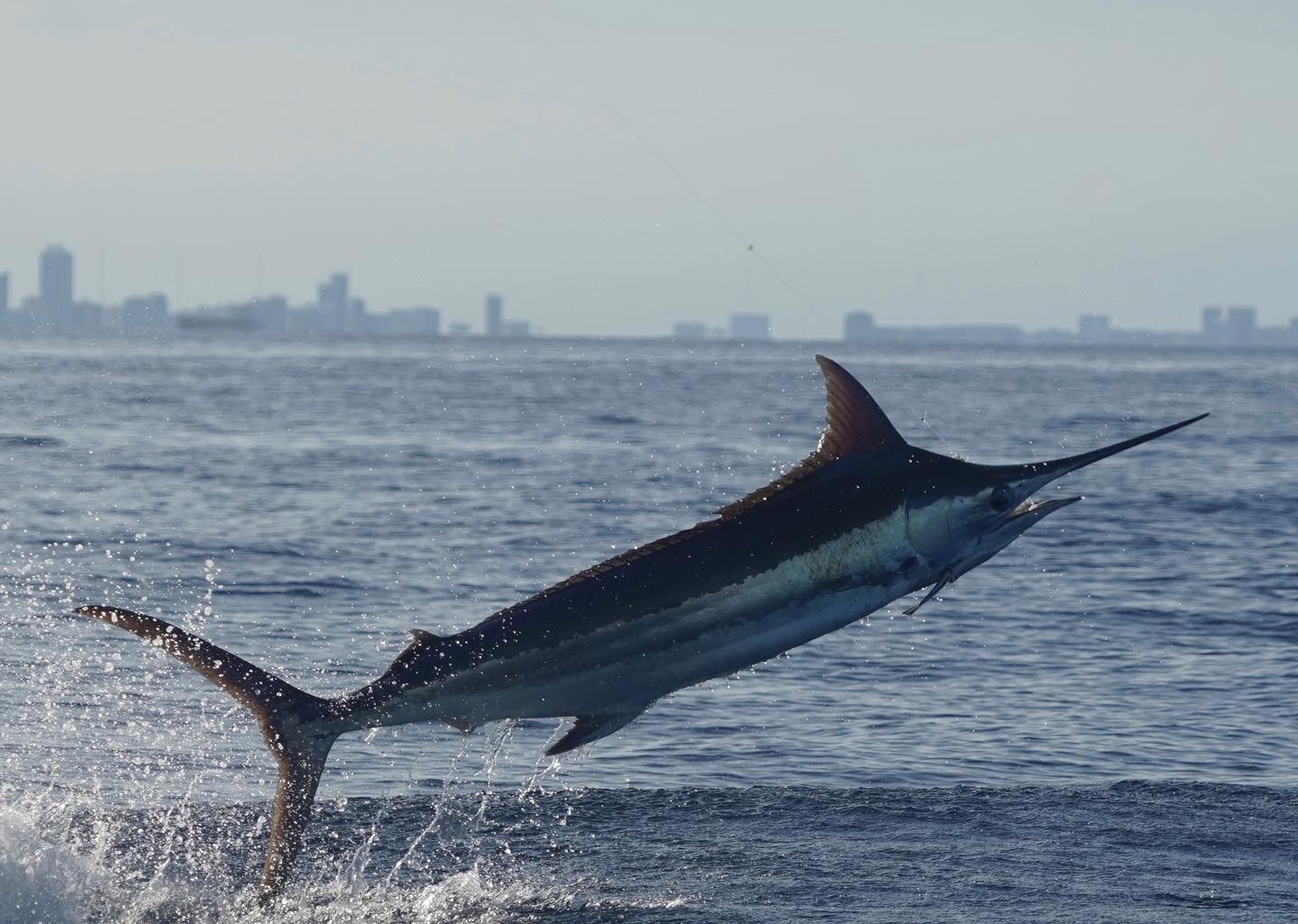 Jun 12
Jun 12How Much is a Fishing Charter in Miami?
Deep Sea Rates- Half Day Offshore- $1250 3/4 Day Offshore- $1650 Full Day Offshore- $2100 Extended Full Day- $2500 Swordfish Charter- $2700 Inshore Rates- Half Day Inshore- $800 Full Day Inshore- $1000 How Much Does a Fishing Charter Cost and Why? This is a fair question and one that I’ve had come up many times over the years. It’s a pretty straightforward question and I’m going to give the most straightforward answer I can. Charters are an expensive activity and for good reason. Anyone who has ever owned a boat usually understands where these rates come from and I’ll do my best to break them down below. How Much Does A Boat Like Ours Cost? I put about $300,000 into this build in 2017 and yet, the boat is only worth about $150,000 today. I spent a year working on the boat and we did as much as we could ourselves to save money and get the job done right. If we were to have taken the boat to a yard and requested ...
Read More -
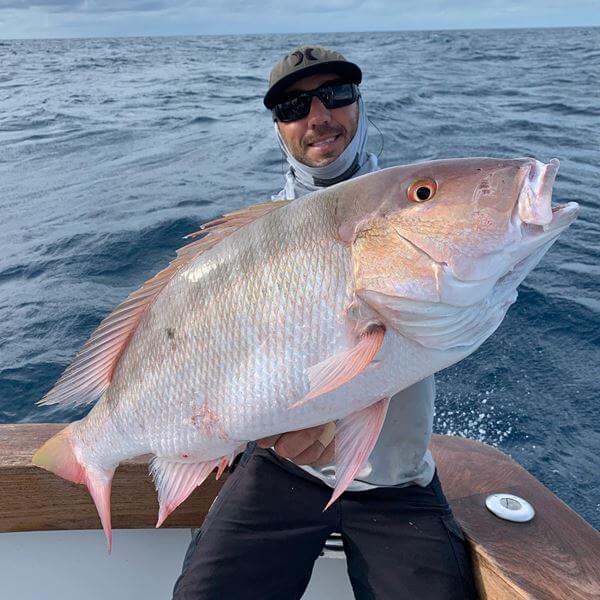 Oct 23
Oct 23Bottom Fishing in Miami
"Bottom fishing" off is a broad term we use to describe fishing a bait on or near the bottom. Bottom fishing can be done using a variety of methods including wreck fishing, anchoring and chumming, drift fishing, deep dropping, and more. Anchoring is a great technique for targeting yellowtail and mangrove snapper, wreck fishing is best if you're looking for bigger aggressive bottom fish, and drifting can be effective for just about anything. Below we'll outline our top 5 favorite bottom fish, where we catch them, and how. Number 5- Amberjack Amberjack are not the most glorious bottom fish but they are definitely the hardest fighting. Amberjack will test the strength of your arms and tackle and can be effectively targeted using live bait and vertical jigs. These fish are often referred to as reef donkeys because of their stubborn fighting as they never seem to give up. They prefer inhabiting deep water structure such as wrecks and reefs in 150-400 feet of water but ...
Read More -
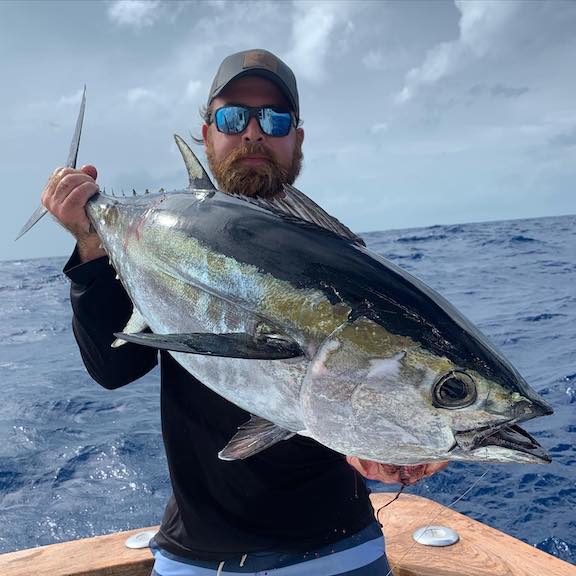 May 24
May 24Blackfin Tuna Fishing Basics
This article discusses the basics of blackfin tuna fishing. Understanding factors such as location, bait selection and fishing tactics will determine the success of an angler. Learn what to fish, where and how in this how-to article.
Read More -
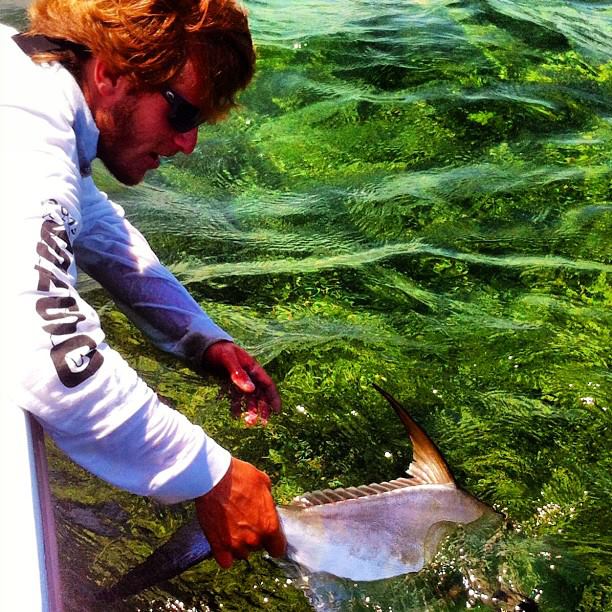 Mar 19
Mar 19Running a Charter Business
It was 2011 when I started Double Threat Charters while attending the University of Miami. These were economically uncertain times with fuel reaching exceeding $4 a gallon and the economy still recovering from a recession. Our goal was to offer both deep sea and inshore fishing charters with a motto that “No Fish is Safe.” By targeting anything from the flats to the Gulf Stream, we wanted to be a one stop shop for customers to knock species off their bucket list. Where to Start? When I looked at other charter businesses It was dreadfully apparent that I was under-gunned financially and in terms of experience. I grew up fishing in Miami but never worked on a charter boat prior to starting this business. Fortunately, I had blind determination and a strategy that is important to small businesses. I wanted to keep our overhead low and focus on marketing so we could get customers through the door. My partner at the time, John Prahl owned his own flats boat but we ...
Read More -
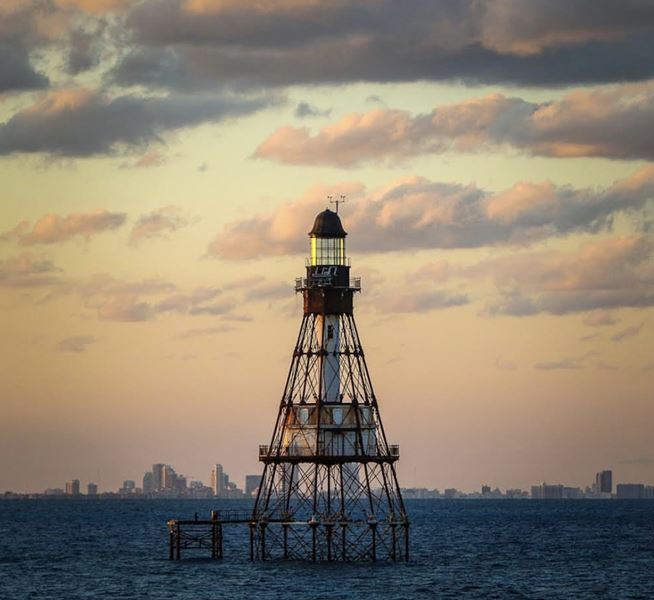 Sep 1
Sep 1Marine Weather Forecasting Miami
Marine Weather Miami I've spent 20 years fishing off of Miami. When I started fishing, NOAA radio was the real deal. They also had a phone number where you could call in and get a marine forecast. "Deerfield Beach to Key Largo out to 20 NM." Eventually you could dial up your internet and check the observation. Fowey Rocks was always the most important observation station. The other anemometers were either too far inland or had some type of obstruction. Photo by Steve Dougherty Forecast vs. Observation There are two important elements when it comes to anticipating the weather for your day on the water. The first obviously is the weather forecast. NOAA was always very helpful but never very precise. Back when I was a "weekend warrior," I would check the forecast and always wake up early and check the winds at Fowey. There would often be a major discrepancy. You could have 10-15 knot winds in the forecast but Fowey might read 25 knots at ...
Read More -
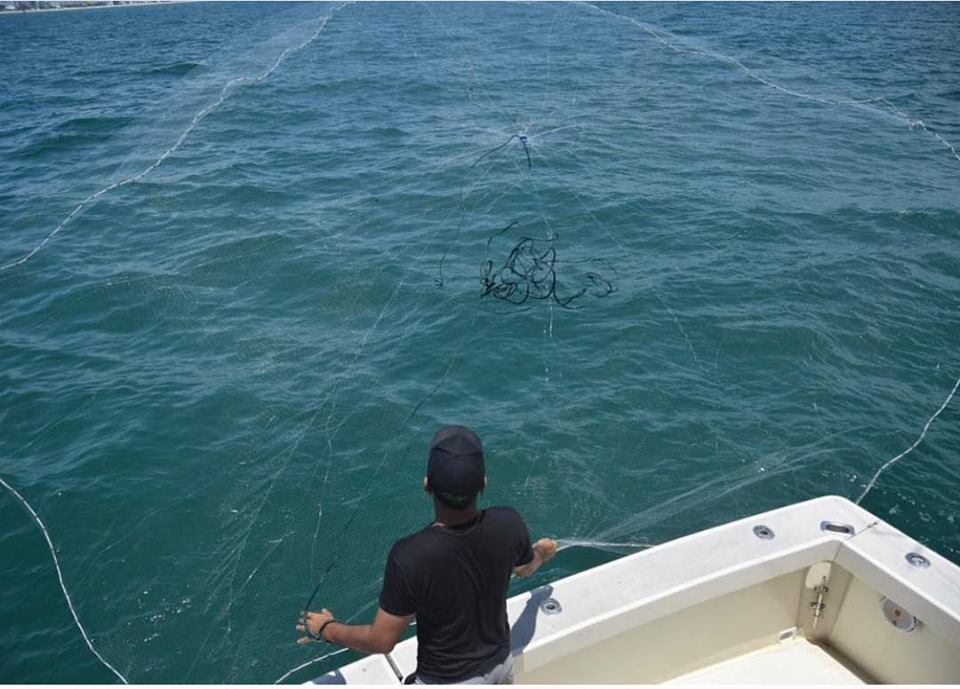 Feb 17
Feb 17Live Chumming for Sailfish and Tuna
Live Chumming Techniques Live chumming is a technique so effective it has been outlawed in almost every major tournament around the world. The technique is simple in theory: catch a ton of bait and throw it overboard while fishing. Proper technique however is an art. Just like any technique live chumming takes practice and preparation to master. Livewell Space and Boat Rigging The first and most important aspect of live chumming is livewell space and rigging. If you intend on live chumming for the day, you better have at least 50 gallons of livewell space. On our boat we actually have 2 75 gallon live wells. We often leave one well stocked with handpicked kite baits such as threadfin herring and goggle eye. The second livewell is where we'll put the chummers if we can catch them. Some boats have 3 or more livewells. For this technique the more livewell space, the better. For equipment we like to use 14 foot cast nets that range from 21-28 lbs. These big nets take a lot of ...
Read More -
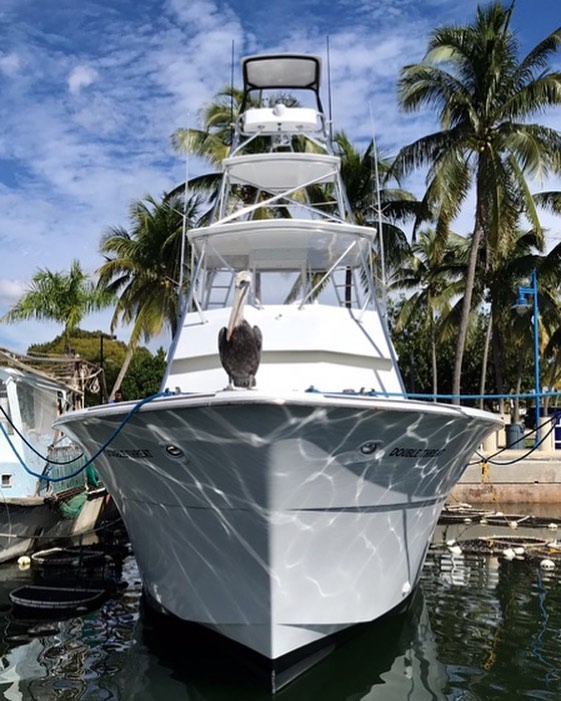 Dec 20
Dec 20History of Tuna Towers
Tuna Towers: A Modern History In the highly competitive world of offshore sport fishing, the tuna tower is just as much a status symbol as it is a necessity for those who strive to be a cut above their fellow anglers. It wasn’t until the mid 20th century that the tuna tower made it way onto the fishing scene. The tuna tower started as a crudely constructed viewing platform, fashioned with both rudimentary construction skills and supplies. They resembled more of a sailboat crow’s nest often, made with two by four lumber and just big enough to support one person. The evolution of the modern tuna tower occurred as a result of tuna fishing off Cat Cay in the Bahamas. Each year, the migratory bluefin tuna pass through the shallow reefs off Cat Cay, attracting big game anglers looking to sight fish these giants. The first bluefin tournament in Cat was held in 1939. The strip of sand adjacent Cat ...
Read More -
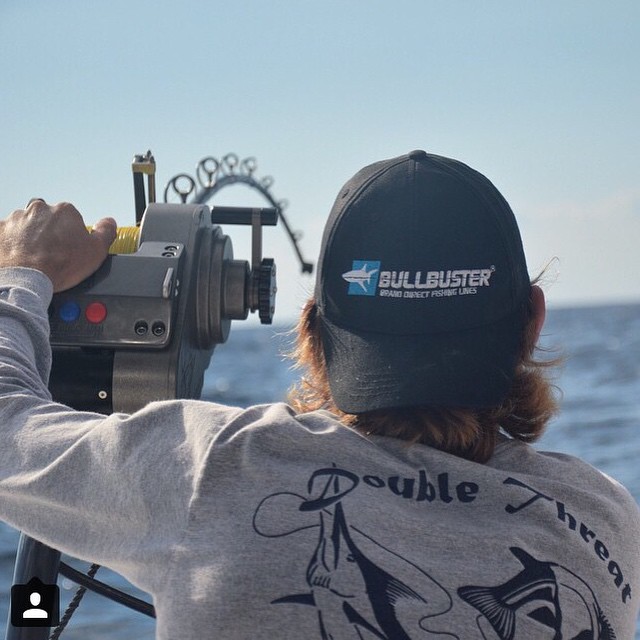 Dec 20
Dec 20Patience while Saltwater Fishing
Is Patience a Virtue? Patience and Attitude Patience and temperament are two different qualities. I think all captains benefit from remaining calm and controlling their tempers. Yelling, stomping, complaining, and making excuses do not equate to more fish in the boat. All it does is add stress without a result-oriented approach. Some of the best captains I know are well tempered but many of them are relatively impatient. Off of South Florida we have a wide variety of species we target. If your goal is to put your customers on fish, you can’t rely on one technique year round. Remaining positive and putting forth effort is important but it will only get you so far. Manage Expectations The first and most important aspect of entertaining guests while fishing is understanding and managing expectations. When I get a phone call for a trip, I like to be honest and clear about what’s biting, what is in season, how the fishing has been, etc. If someone calls me and ...
Read More -
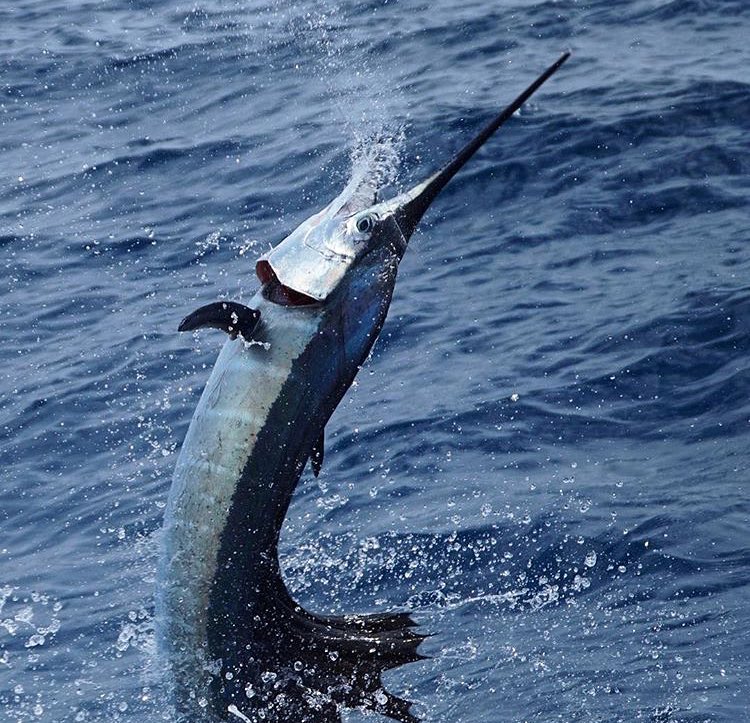 Dec 20
Dec 20Fishing Line Maintenance
Fishing Line Maintenance We run nearly 300 fishing charters per year. This puts an insane demand on our tackle, our boat, and obviously our fishing line. We have tricks to maintain and maximize the life of all of our equipment and our fishing line is no different. Here are a few tips to make sure you get long life out of your fishing line and avoid losing quality fish due to negligence. 1. Check your guides! Always monitor the condition of the guides on your rods. This is important for both spinning rods and conventional rods. Even the smallest groove or chip in a fishing guide can instantly chafe or break your mainline. Check your guides before and after every trip and be sure to avoid bad habits such as putting rods on the deck, reeling hooks into the rod tip, or placing hooks or lures onto the part of the guides where the line touches. 2. Check your clips! Kite clips and outrigger clips can be major culprits when it comes ...
Read More -
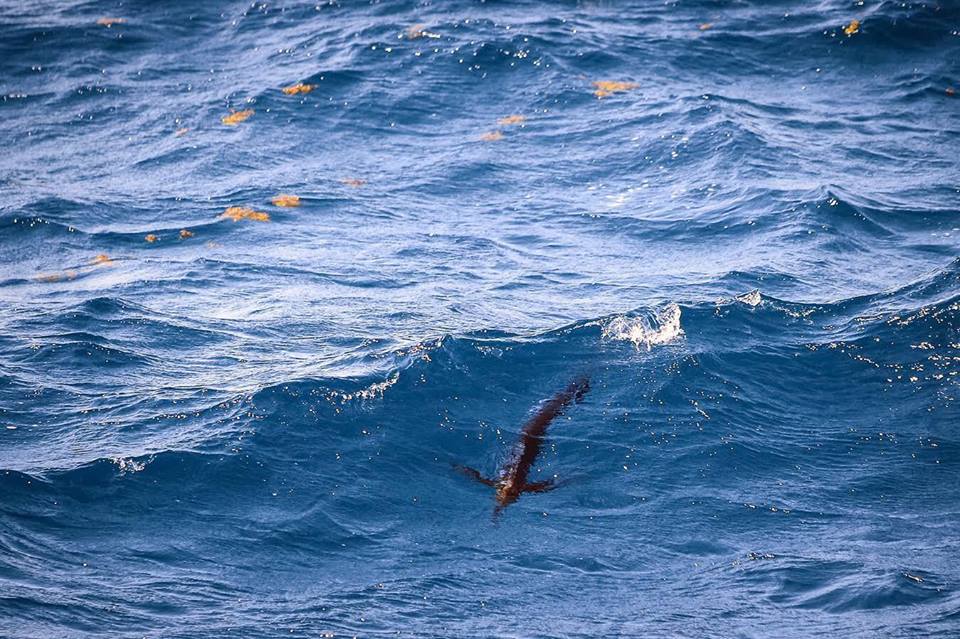 Dec 20
Dec 20Boat Maneuvering While Sight Fishing
Pick a Spread or Have no Spread At all Boat maneuvering is a crucial component of successful sight fishing. The first step in sight fishing is determining what type of spread (if any) you should have behind the boat. When dolphin fishing for example, we usually troll 4 baits out of the riggers while looking for schools of fish. If we are seeing a lot of fish or there is an excessive amount of seaweed for example, I might make the decision to have no baits behind the boat whatsoever (this is ill advised unless your boat has a tuna tower). The benefits of committing to sight fishing exclusively is that you are always ready when you see fish rather than adjusting a trolling spread that may be less effective. I usually reserve sight fishing exclusively for good conditions. Lighting, fish behavior, sea-state, and more all contribute to that decision. If you are looking for cobia on stingrays in the sand, it is usually best to have your rods ready and ...
Read More -
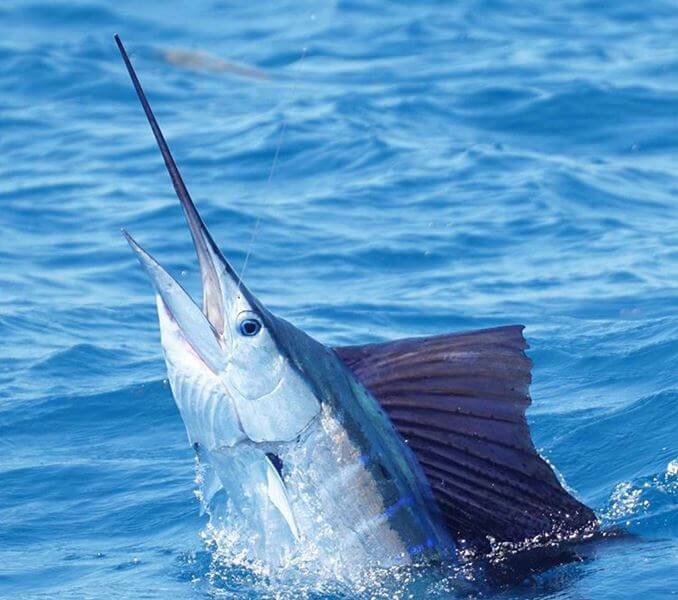 Dec 20
Dec 20Sight Fishing for Sailfish, Mahi, and More
Preparation and Presentation for Sight Fishing Sight fishing is a common technique used for many species worldwide. This is a technique we incorporate into almost any Deep Sea Fishing Trip The best way for me to breakdown sight fishing is into different categories. The first step is having the correct rig and bait, which falls under the category of preparation. The second step is boat maneuvering. The third step is presentation, which is basically casting and bait selection. The fourth step and sometimes the most important one is fish behavior/ mood. This can make or break your day. Always Be Prepared The first step when sight fishing is preparation. This is an area that you have the most control over even if you lack experience. Always have multiple rods rigged and ready. If you are fishing from a flats boat, this may only be 1 or 2 rods. One may have 20lb fluorocarbon leader, 10lb braid, and a live shrimp on the end. Bonefish might be the main target but never ...
Read More -
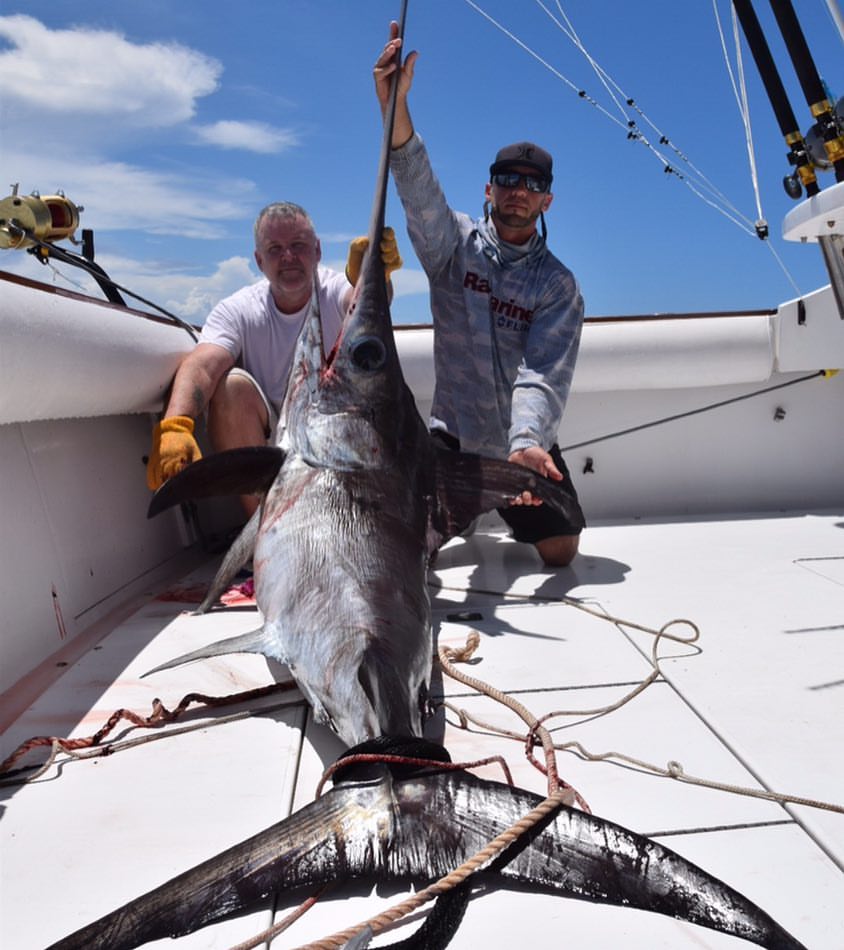 Dec 18
Dec 18Understanding the Gulf Stream
Understanding the Gulf Stream and How it Affects Fishing in South Florida The Gulf Stream is the main driving force behind our fishery in South Florida. If you drive east out of Miami, eventually you will hit the Gulf Stream and move to the north. An often over looked aspect of the Gulf Stream is that subtle changes can make or break your day of fishing. Bearing of the Gulf Stream About 18 miles offshore of Miami are a series of seamounts and valleys in 1,000-2,000 feet of water that are often referred to as the sword grounds. The Gulf Stream is almost always moving to the north offshore but the angle of the current does vary. On some days, the current is pushing hard inshore. I have seen the current move at about 350 degrees, a touch to the west of north. On other days, I have seen it move at about 20 degrees. When fishing a mile long drift, this 30-degree variation can have major consequences when trying to line up ...
Read More -
 Dec 5
Dec 5Sailfishing in Ballyhoo Showers
Sunny With A Chance Of Showers Fall and early winter in Miami gives way to a unique fishery. With sailfish beginning to make their way south toward Miami, we are presented with a variety of opportunities to target these fish. The first and more traditional method is kite fishing. No need to go into detail here; there are enough articles on kite fishing to keep you reading for days. Another fishery that not many as many anglers get to experience are known as "ballyhoo showers." Ballyhoo usually begin to infest our waters during fall and the predators are close behind. Ballyhoo are excellent bait fish and serve as a huge part of the diets for everything from Mahi-Mahi to sailfish. When ballyhoo really get thick off Miami and Ocean Reef, game fish will sometimes follows them into the shallows during their gluttonous pursuit. I have seen sailfish and even dolphin fish as shallow as 15 feet chasing schools of bait. Ballyhoo showers make a compelling case for the old ...
Read More -
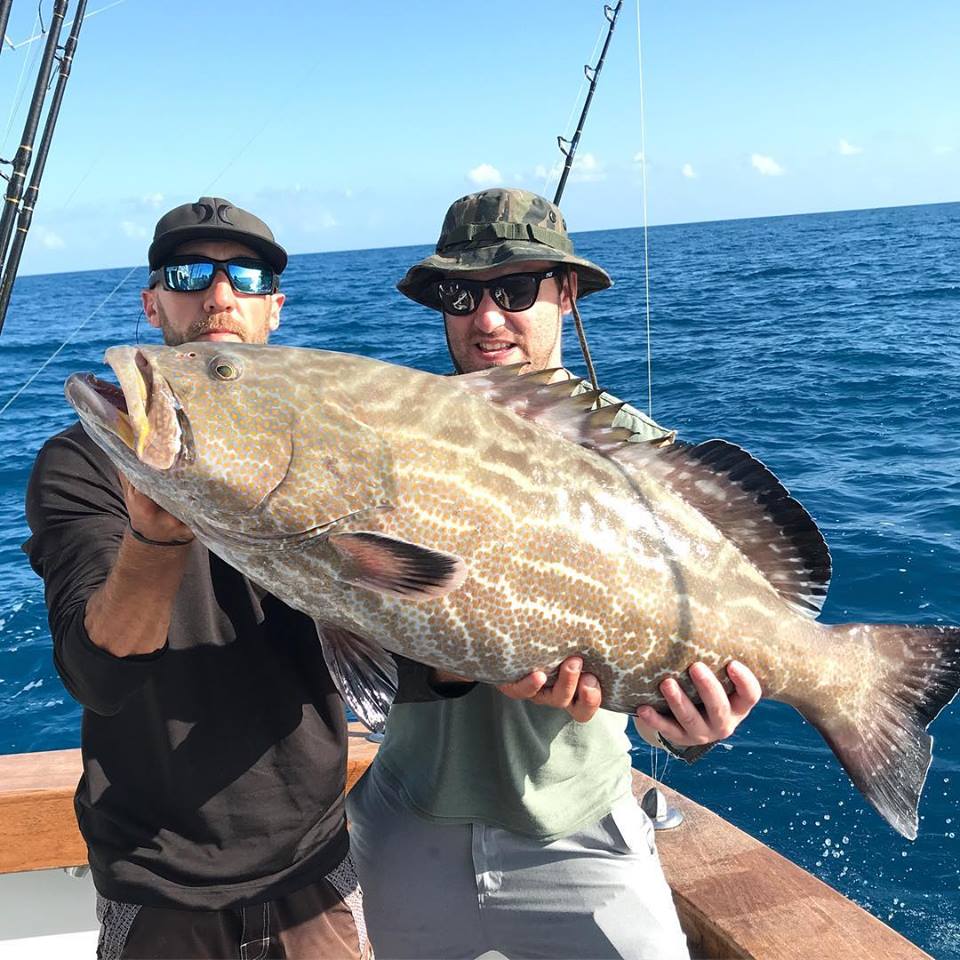 Sep 18
Sep 18Wreck Fishing Charters Miami
Shipwrecks off Miami With a big population and easy access to the water, there can be quite the crowd of fisherman offshore of Miami on any given day. Highly migratory species such as dolphin, tuna, and sailfish aren’t usually victims to local overfishing. Stocks of pelagic species can be adversely affected by commercial fishing, but the local recreational fishing pressure does little to suppress these fisheries as a whole. Bottom fish are a different story. Benthic species (bottom fish) are less migratory and don’t grow as quickly as large pelagic fish. As a result, they can be seriously affected by over fishing. Miami has a multitude of different reefs and wrecks (both natural and artificial). These wrecks create great ecosystems for baitfish and their predators to search for both food and protection. Ranging from as shallow as 25 feet to as deep as 450 feet, and running from North Miami to Key Largo, the shipwrecks off Miami are as diverse as they are abundant. The plus ...
Read More -
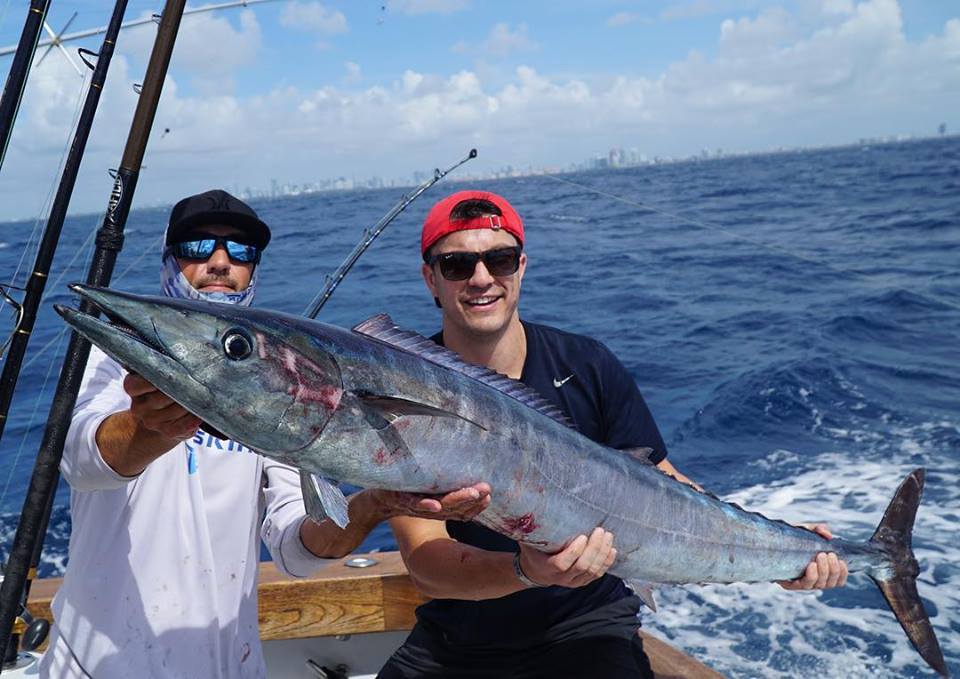 Sep 10
Sep 10Planer Fishing For Wahoo
Wahoo, A Crowd Favorite Read the Article and Buy what you need below Before reading into wahoo fishing with planers, I recommend checking out the article written about Planer Fishing Fundamentals. The rigs and techniques have some definite similarities so it helps to cover the basics. In addition, feel free to check out our species write-up on Wahoo.Unlike kingfish, wahoo have very distinct color patterns. These fish have neon blue backs and white stripes. I truly believe they have better camouflage than almost any fish. When you are bringing them to the boat they blend seamlessly into dark blue water. Until they end up on their sides and you see stripes, wahoo are tough to make out in the water. The color pattern on wahoo is important to consider because like all fish, they have a distinct niche for which they are adapted. Wahoo blend in best with dark blue water. As a result we often look for blue water and current when we are targeting wahoo. The Gulf ...
Read More




